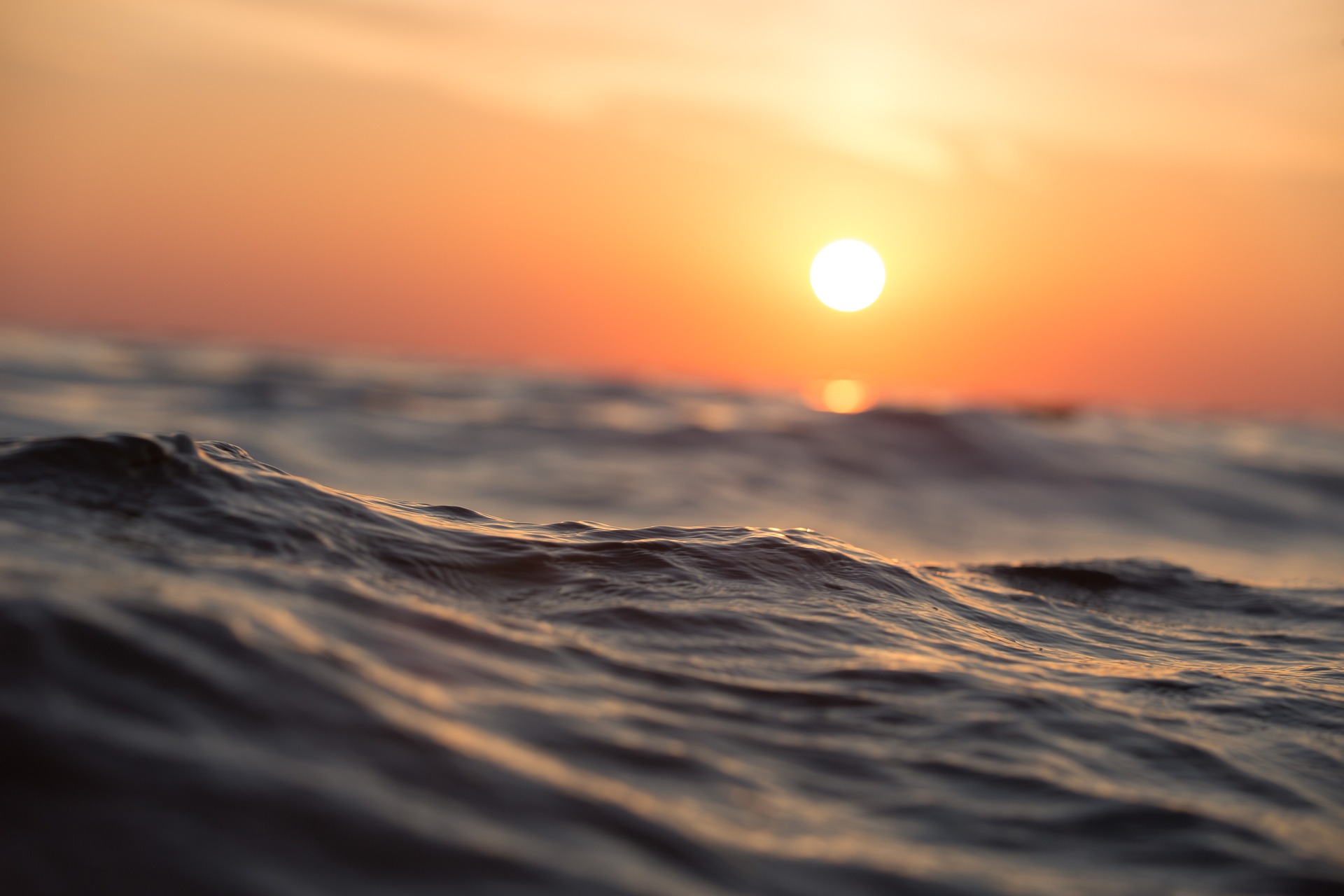This is a growing issue in our contemporary world
The two types of sea level change is eustatic and isosatic
- Eustatic sea level change- this is when there is a change in the volume of water in the global oceans, which is affected by climate change thermal expansion and a tectonic activity. when there is an increase in global temperatures, this will lead to an increase in the melting of sea ice, which will turn into water and enter the sea, leading to a sea level rise. When there is an increase in temperatures, the water particles will expand and take up more space , thus the sea water will take up more space leading to a sea level rise. When there is tectonic change, where constructive plate margins diverge on the sea bed, it increases the capacity of the ocean, allowing it to hold more water, leading to a fall in sea levels. This sea level change takes place on a global scale.
- Isostatic sea level change- this is when there is a change in the land relative to the sea, which makes it a local change. This is affected by tectonic activity and climate change. When there is an increase in temperatures, this will lead to an increase in the melting of mountain snow caps like in the Scottish Highlands, which reduces the weights of the land, leading to a rebounding effect where the land in the north begins to rise while simultaneously the land in the south falls by around 3mm a year.
Effects of sea level rises
- Average sea level rise in the world is around 2 millimetres a year for in the last century.
- In the UK, sea level rise in the South is around 3 millimetres a year.
- The Maltese is expected to have a total evacuation by 2100.
- If sea levels rise by around 1.5 metres, then 20% of Bangladesh would become inundated affecting 20 million people which includes the Sunderbans.
- Deeper waters will make hard engineering defences like sea walls deemed ineffective as they would need to be regularly updated.
- Deep waters will lead to an increase in the formation of destructive waves , so many parts of the coastline would become high energy environments.
- Deep waters would reduce how far sunlight can penetrate through the water, thus coral on seabeds won’t be able to photosynthesise, thus a large volume of carbon would remain in the water thus becoming more acidic.
Landforms of emergence
- Rias- these are partially submerged river valleys, which are deep nearer to the mouth of the river and becomes shallower further in land. This allows some recreational activities to take place like boating and fishing. Such examples can be found in Salcombe Bay Dorset.
- Fjords- these are partially submerged glacial valleys, which were previously failed in glaciers which had once eroded the sides in the bottom of the valley. Thus their physical characteristics include a flat bottom and smooth sides . These values become valuable due to the economic benefits they provide like recreational activities including boating and diving as well as tourism benefits , like the Norwegian fields being a focal point adopted by marketing agencies to attract tourists.also where the glacier would have melted near the mouth of the estuarythere would be a large accumulation of sediment called a threshold where sediment would have been deposited when the glacier had fully melted.
- Dalmatian coasts- these are values which lie parallel to the coastline which once submerged, the valley tops are left to look like islands which lie parallel to the coastline. These can only be found in Croatia.
Landforms of submergence
- Raised beaches- these are wave cut platforms which have begun to receive sediment deposited by waves via suspension leading to the creation of a beach at high tide. Continue to cycles of this will lead to the beach to continue to accrete.
- Marine platforms- these are wave cut platforms which have begun to see signs of halosere succession as halophytic plants grow as pioneer species.
Mini case study: Kirabati
- The archipelago of Kiribati is made up of 33 low lying islands, which are at the risk of being fully inundated by 2050. Local defences like embankments have been implemented but not successful due to its poor quality.
- In 2014, the president had bought a 20 kilometre squared area of land on a Fijian island to grow crops due to the soil being contaminated with sea water.
- The government has begun a migration with dignity policy where selected individuals have taken on environmental refugee status and have been relocated to nearby Australia and New Zealand where they can settle.
- Due to sea level rises rising around 9 millimetres a year, many islands have been inundated so many refugees have migrated to the capital of Tarawa , making it one of the most densest places on earth.
